The original Top Guns: Chino’s Planes of Fame Air Museum a must-see for history buffs
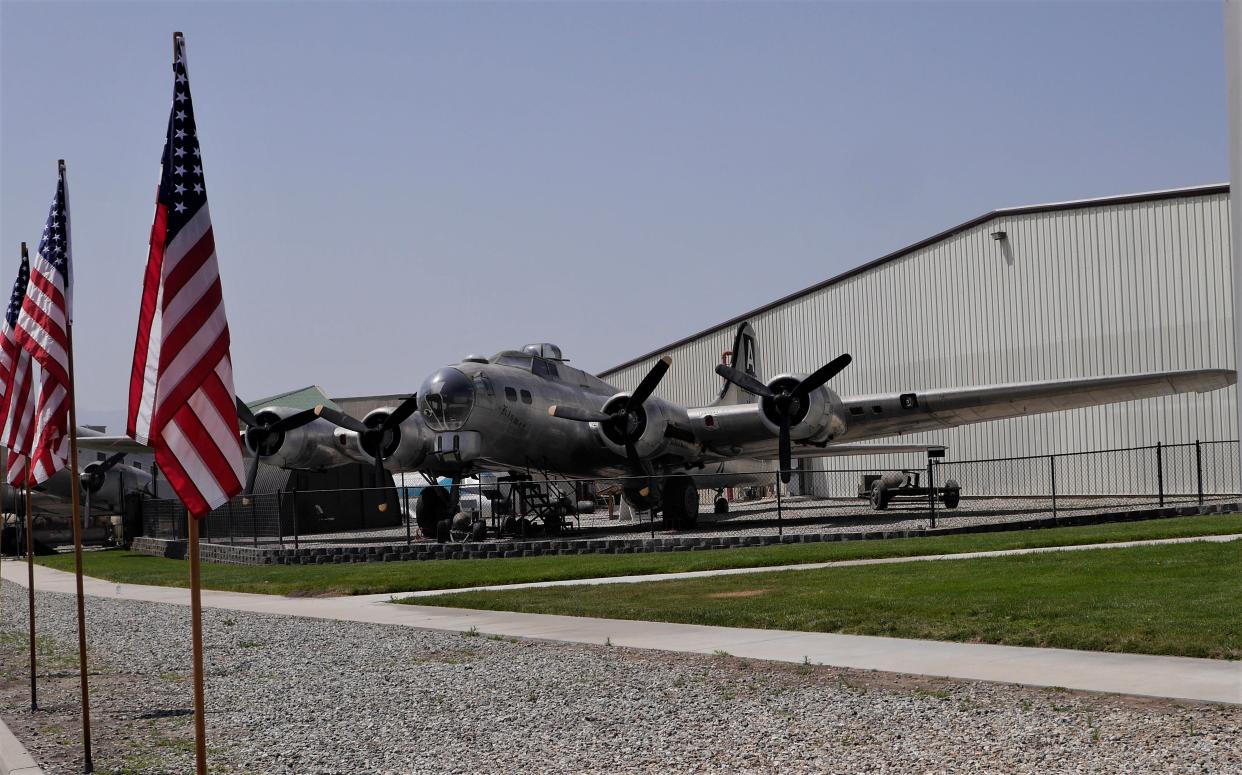
According to Docent Scott, I was looking at the only original World War II Japanese Zeros: the Mitsubishi A6M5.
“There are about six or so, still left and able to fly, but this one is one hundred percent original: all Mitsubishi parts,” Docent Scott stated.
That was rather impressive, but so was Docent Scott and his knowledge of all the planes located at the Planes of Fame Air Museum in Chino, California.
I already knew a lot about planes, though. For instance, they have wings, usually a functioning engine, and someone to pilot it. And hopefully, someone is serving adult beverages to the passengers.
The Mitsubishi Aircraft Company produced these long-range fighter planes for the Imperial Japanese Navy from 1939 until 1945. The plane, known as the Zero — named after the last digit of the Imperial year 2600 (also known as 1940, the first year they were delivered), were to be utilized during World War II atop the navy’s aircraft carriers.
Nearly 11,000 were manufactured (actually, the number was 10,939, but we like to round off), and only this original one is located at the Planes of Fame.
That research exhausted me.
But this article is not about a single plane, but about the love of the historians keeping these vintage aircraft in marvelous shape for all the public to view.
And speaking of historians, a friend of mine, William Mocharnuk, contacted me a couple of months ago and suggested I visit the Planes of Fame Museum.
He stated he is an avid reader of my columns — I want to believe him — and suggested a few places I should wander through. That list was four pages long, but I got restless after the first two.
Mocharnuk is a history aficionado. He has taught history for about 200 years and is an expert in the Civil War, World War I, World War II, Korea, Vietnam, the Middle East, and some wars that have not even been fought yet.
When Mocharnuk speaks, we listen.
He was so correct with the air museum in Chino.
Docent Scott walked me and my buddy, Paul, through one of the hangars and detailed this about that plane and that about this plane.
“You know,” he stated. “Charles Lindberg flew this Zero.”
I didn’t know, but then again, I have to look at a special clock Laureen purchased to let me know what day of the week it is currently.
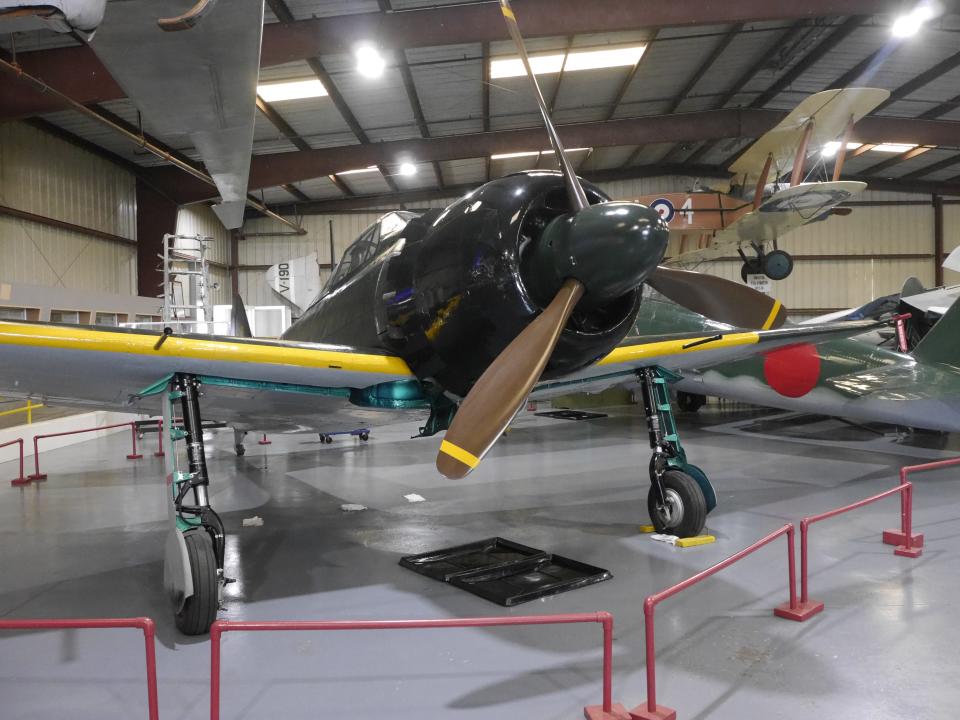
Scott mentioned that the museum gets very busy depending on the day of the week, and now that we are moving out of COVID, the crowds are expected to grow.
“We have a lot of volunteers here,” he stated. “And we need them. Many families visit, along with individuals who have a love for these crafts. Many former and current military make up some of our guests.”
That should be a goodly number of visitors for this museum next to the Chino Airport.
“We have not had an air show since 2019, but we’re hoping in the next year, or so they will get back on schedule. But we still get tour buses, from schools and just various groups wanting to visit us,” Docent Scott mentioned.
The air museum was the brainchild of a very resourceful young man by the name of Ed Maloney. Ed grew up in Pomona, California. After World War II, he got disturbed when he saw and heard how many military aircraft were being destroyed for the metal they contained.
A published quotation of Ed’s says it all: “I was senior in high school, and I used to drive down to the Cal-Aero Field where they were storing thousands of the old warbirds. I remember watching this 18-foot steel plate drop from a crane. It would snap a B-17 or B-24 in half as if they were toys. It was almost sickening to watch.”
Well, I wasn’t there with Ed, but the thought of watching a B-24 being torn apart reminded me of my father. He served during World War II as a gunner on a B-24. After thirty-one missions, his tour of duty was over, and so was the war.
I’m sure my father’s heart would have been broken at the sight of a plane that had carried him from mission to mission safely now being destroyed.
Ed was a history buff and believed these crafts should be preserved for their intrinsic historical value. But how to do that? He came up with a solution to procure as many as he could by purchasing them, bartering for them, or having them donated to him.
In another hangar, and there are a lot of hangars at the museum crammed with every aircraft imaginable, Docent Dennis described Ed Maloney as quite the character.
“There are stories of Ed driving by this place or that place, seeing a plane, and stopping to buy or trade for it. Of course, many people donated what they had to him with his personality. He was a wonderful person.”
So, after acquiring just 10 aircraft, he opened his museum in 1957. It would turn out to be the first aviation museum in the United States.
That was a wonderful accomplishment, but it wasn’t about Ed making something for himself, according to Docent Dennis. It was about the planes.
“He had a true love of history and the role these planes had during various parts of our history. Ed wanted everyone to come and view these aircraft, to understand their importance.”
Today, Ed’s dreams have come to fruition. What started as 10 planes now have blossomed to over 150, with nearly one-third of them still capable of flying into the heavens.
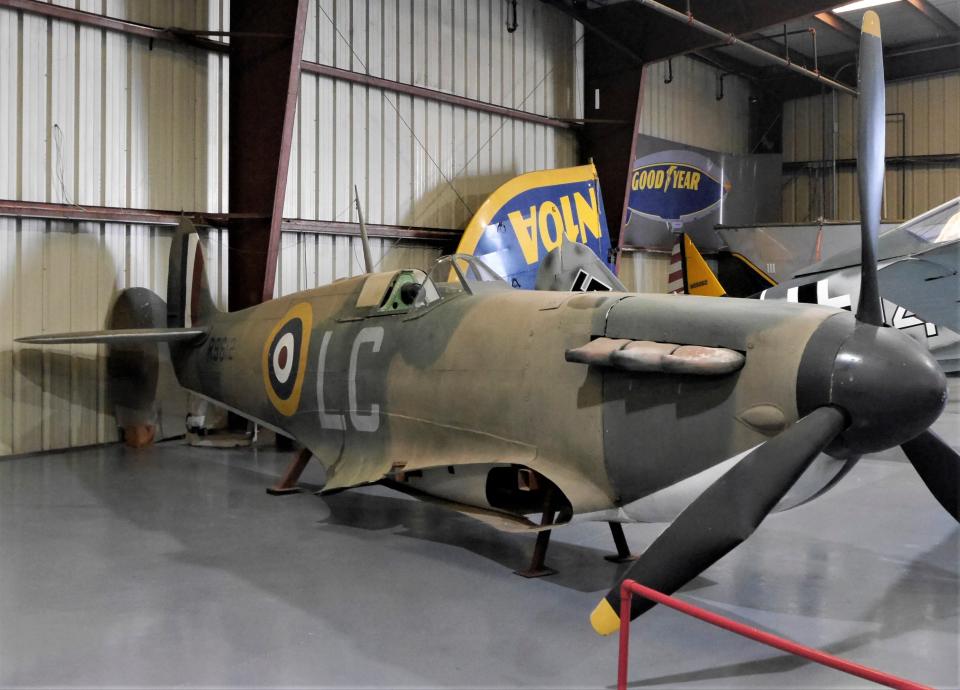
Paul, who used to be a pilot himself, marveled at all the various aircraft in the museum.
“This is awesome,” he stated. “To think that pilots got aboard some of these and flew into the skies, that took guts.”
Yes, guts and the determination to go beyond what many believed was impossible.
In one hangar are some of those old planes, including a replica of the Wright Brothers’ 1903 Flyer.
Orville Wright flew the first mission at Kitty Hawk after his brother Wilbur pretended to have heartburn after chowing down on some spicy gumbo earlier that morning.
“I thought you wanted to fly first,” Orville stated.
“Dude, that was some incredibly spicy gumbo,” Wilbur replied.
So, Orville reached for the blue and flew for nearly twelve seconds without crashing.
“My turn,” yelled Wilbur.
“I thought you were sick,” Orville said.
I just made that all up. Both brothers flew the Flyer that day.
Planes of Fame Museum hosts various hangars presenting aircraft from every era, including triplanes, bi-planes, no-planes, and so much it is hard to mention in a single article.
Hangars with aircraft entirely made of wood and canvas are extremely interesting. Visitors can view the replica of the German tri-winged plane flown by Manfred von Richthofen during World War I. This is the one that caused Snoopy all kinds of chaos as he flew in his Sopwith Camel against the Red Baron.
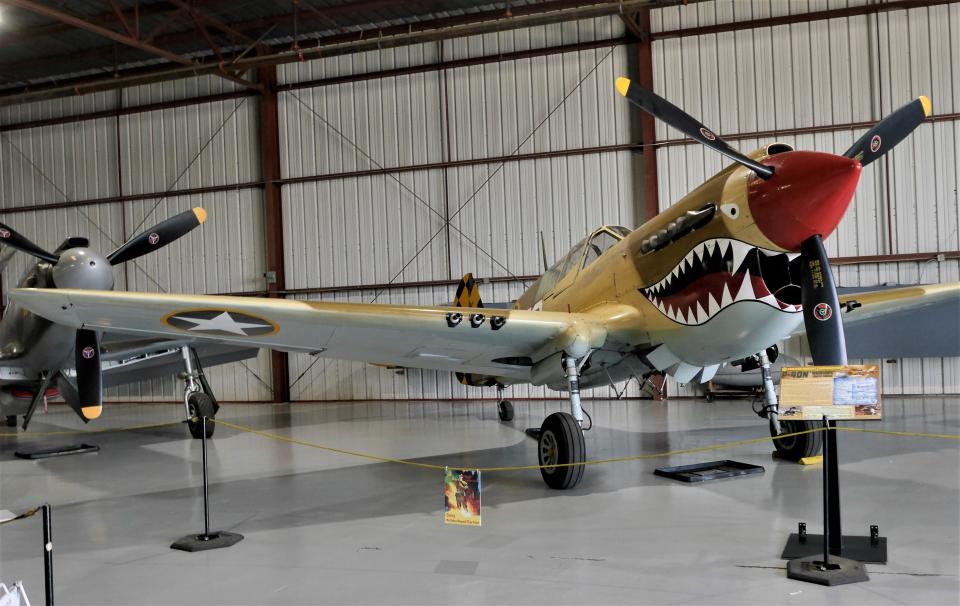
There are displays covering pretty much every period of aircraft from inception. Planes flew at 20 miles per hour, and aircraft flew well above Mach I.
Mach has something to do with an object’s speed in a given medium to the speed of sound in that medium. Thus, Mach, I am about 760 miles per hour at sea level on a standard day.
I have never had a standard day in my life. This science stuff confuses me.
Regardless, there are several exhibits featuring fast planes.
As Paul and I sauntered through the various hangars, we noticed how meticulously every aircraft was being cared for. The planes capable of flying had oil pans beneath the motors, and every surface from the fuselage to the tips of the wings was polished and shiny. Even the plex-glass surrounding the pilot seat was crystal clear.
This museum is a well-run machine.
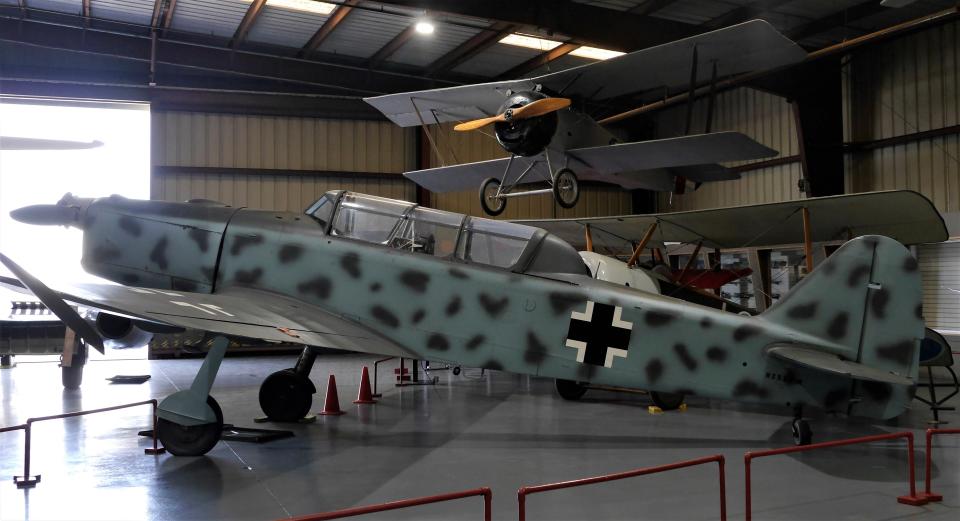
Docent Dennis explained that the volunteers come in wide varieties. Some take people on tours. Some are available for questions here and there for those guests wanting to wander independently. And some volunteers are at work refurbishing many of the aircraft still being donated to the museum.
“We still get planes from everywhere,” Docent Dennis stated. “We have men and women who love to return these planes to their original condition painstakingly. It is a passion for each of them.”
Walking through the complex, a visitor can feel the palpable love these volunteers have for the Planes of Fame Museum.
Outside are planes, trucks, Jeeps, tanks, and other vehicles that cannot fit into the present hangars.
There is so much history on display at the Planes of Fame Museum that hours are needed for any visit.
Guests will not be disappointed.
For further information: planesoffame.org/visit/admission-hours-and-directions
Email John R. Beyer at beyersbyways@gmail.com.
This article originally appeared on Victorville Daily Press: Chino's Planes of Fame Air Museum showcases US military aerial history

